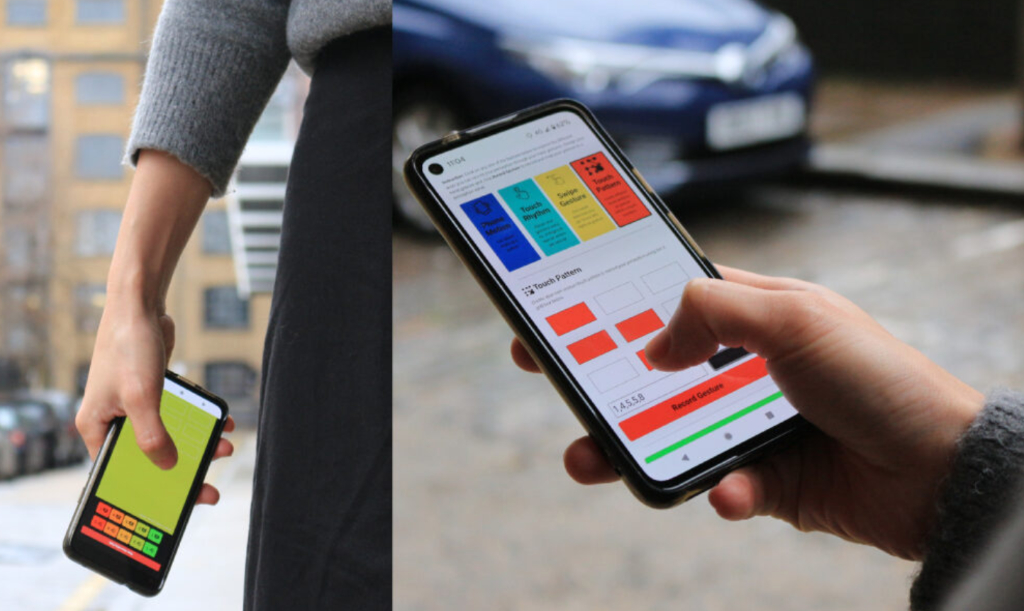Interview by Daniela Silva

Ling Tan is a contemporary artist whose work explores the intersection of technology, ecology, and human behaviour. She is known for her innovative and thought-provoking projects that challenge our understanding of the world and spark discussions about important social and environmental issues. In recent years, Ling has continued to push the boundaries of her art, exploring new themes and creating visually stunning and intellectually stimulating works.
In her most recent work, Ling Tan examines the impact of the digital age on our relationship with the natural world. Using video, sound, and sculpture, she creates immersive experiences that invite the viewer to engage deeply and personally. In addition to her multimedia installations, Ling Tan has created several large-scale installations that incorporate elements of interactivity and are meant to be experienced in public spaces, such as parks, plazas, and other public gathering places.
Low Carbon Chinatown, one of her most notable projects, is an environmental initiative that combines food, data science, and community participation to explore different ways to respond to the climate crisis. The project premiered in Chinatown, London, as part of the London Design Festival, where 300 members of the public gathered across several days in a custom built low carbon pop-up pavilion to enjoy a series of sit-down meals consisting of low-carbon (footprint) Chinese dishes developed by 60 East & Southeast Asian community members, a data scientist and notable food writers and chefs.
Through food and community activities, Low Carbon Chinatown encourages people to come together and share ideas about sustainability and environmental stewardship. In the project, participants worked with notable East & Southeast Asian food writers to create low-carbon (footprint) alternatives to typical Chinese dishes, exploring different ingredients, cooking techniques and food sources that, in combination, still retained a core essence of Chinese food culture. By presenting these dishes back to the wider public via a pop-up staged at the heart of Chinatown, it is a public statement demonstrating East & Southeast Asians and Chinatown’s collective commitment to tackling the climate crisis through their own collective efforts.
Ling’s work has a powerful impact. She creates a space for discussion and reflection, invites the public to engage with social and environmental issues, and encourages us to think about the impact of technology on the world around us.



For those who are not familiar with what you do, how do you describe your work and the philosophy behind it?
My work straddles many fields, social engagement, participation, live art, performance, technology and politics. I work with communities or groups of people involved in making sense of their own environments and help them express their opinions, sometimes in a playful and performative way, and other times, collectively addressing complex urban issues (for example, public safety, air pollution and climate change) through their own efforts. Most of my work involves inviting people to come together to create the work with me, ranging from interactive performance, installation, and citizen science experiments to even pop-up space and supper clubs.
Have your Singaporean roots influenced your work? If so, how?
Yes, to a certain extent. Singapore is a melting pot of different cultures which sometimes clash. For example, there are times when the strong Eastern values taught to us from a young age by our family can collide with Western influence and cultures brought in due to globalisation and colonialism. In a way, it influences how I view things around me as I often see multiple facets to every situation, especially in relation to social and urban issues where there are grey zones and different perspectives, especially from people who might not agree with each other. Making sense of complexity and nuance is an important part of my practice.
Initially, you were trained as an architect. How did you make the transition from architect to becoming an artist and designer?
It was a natural transition, and I don’t see a big difference in how I think as an architect, an artist or a designer. In fact, I would like to think that what I’m doing now still contributes to the discipline of architecture in terms of understanding how people interact with the built environment.
You design, fabricate and create the software for your work, ranging from wearable technology to interactive installations. How did you become interested in these mediums?
I got interested in those mediums while studying interactive architecture at Bartlett UCL, where I started experimenting with different mediums. It was very helpful knowing that there’s a huge community online (such as Arduino and StackOverflow) who are offering tech support to each other.
Your most recent project, Low Carbon Chinatown, is focused on the data science of climate change, Chinese heritage, and food culture. What was the intellectual process behind its development?
Low Carbon Chinatown was conceptualised during the period when I was working on a few participatory projects that dealt with environmental issues, such as getting people to tackle air quality issues hyper-locally in their neighbourhoods in Pollution Explorers and working with communities to grow sustainable non-native bamboo in urban sites across Midlands in Taking Root.
Through those projects, I collaborated with experts in different fields, such as data scientists, growers, and engineers. I started prototyping the project during the COVID pandemic when many people cooked at home and experimented with making different food. I wanted to explore how we can mix this element of cooking and food, combine it with my past experiences and collaborations, and develop a project that reimagines a more sustainable future where we can all play a part in tackling the climate crisis via the fundamentally enjoyable activities of cooking and eating.
During the period of the project’s R&D, I also took on a new role as Associate Artistic Director of Kakilang, a UK-based arts organisation that produces and platforms works by East & Southeast Asian artists in the UK, so I decided to focus the project on Chinese food culture and prioritise working with East and Southeast Asian food writers and community members to develop the low carbon recipes.
This project includes an online digital cookbook. Why/what were your motivations and aims that made you want to do this book?
I am interested in developing a digital platform that would enable people to easily access and understand environmental data that relates to the actions they are doing in real time, in this case, the food that they are cooking. For example, in the Low Carbon Chinatown Digital Cookbook, there is an interactive element that is only accessible to participants where they can use it to record their cooking experiments (as part of developing the low-carbon recipes) while learning the data science and carbon footprint information relating to the food ingredients, the sourcing of it, and cooking techniques.
I am also interested in exploring different ways of visually representing data that would incentivise people to take action to tackle self-determined issues. For example, with this version of the digital cookbook, I explored working with a food stylist to develop visually appealing cooking videos of the recipes (similar to those seen in professional food blogs). I experimented with overlaying it with carbon footprint information that is easy to read.
In Playing Democracy, you inquire if we can collectively work out a new form of social structure that works for us through social play. Would you say that democracy needs to be redesigned?
Suppose we observe the current socio-political landscape in many western countries. In that case, it is pretty evident that the form of democracy we are used to does not work for everyone, especially for the minority and marginalised communities. If democracy is really about equality, fairness, and freedom, then it would require a redesign to relate to our contemporary culture instead of abiding by the rules that our predecessors set centuries ago.
This project explores the principles of democracy. How do you determine which problems to tackle in your work? Is it based on your personal experience?
Most of my projects are informed by participants’ own experiences. However, some are related to my personal experience, such as tackling air pollution in Pollution Explorers – I live in Tower Hamlets borough, one of London’s most heavily polluted areas.
What’s your chief enemy of creativity?
Time.
You couldn’t live without…
It’s an interesting question, especially in the context of climate change, when our environment will drastically change and inevitably affect our way of life. With this, I’m learning how to live without it.





